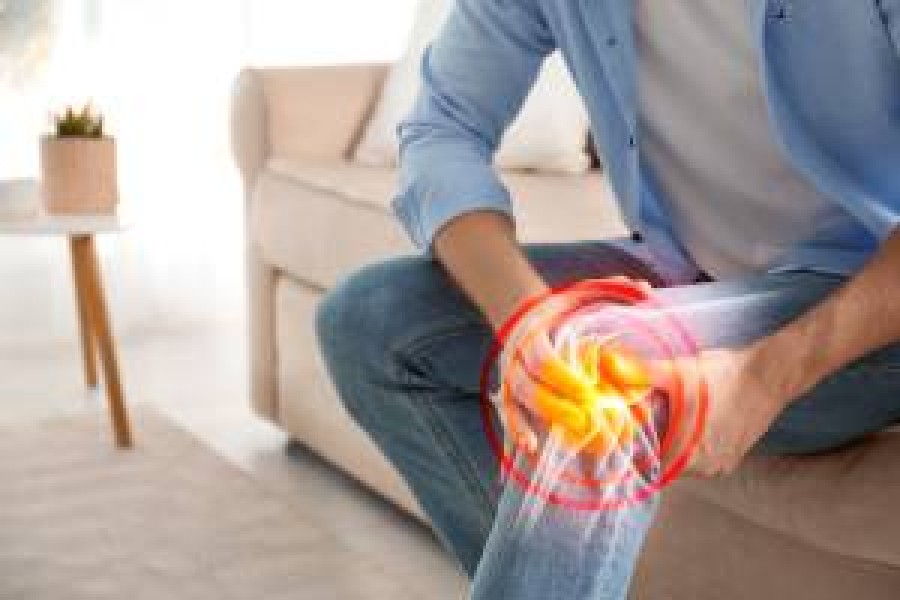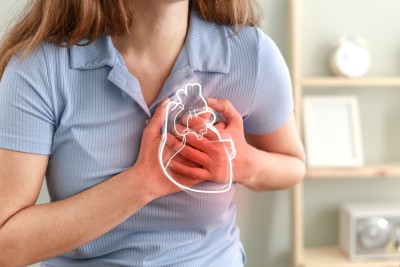Free shipping for orders over 39.00€
Everything you need to know about the joints pain

Everyone has experienced - at least once - an annoying pain in his joints. Yet, does everyone know what causes that pain and the most suitable way to prevent it or treat it?
Joint pain can affect any part of the body, from the feet and ankles to the back, shoulders and arms, and is a widespread symptom nowadays, faced by at least 1 in 5 people.
The pain is either generalized or concerns a specific area of the body and it seems to be associated with various factors, such as age, lifestyle, poor posture, and obesity. Although this problem concerns a large portion of people, when the pain is not chronic or intense, it does not raise any particular concern, so prophylaxis and protection of the joints, by changing some habits, is all you need to care about.
What causes joint pain?
The simplest cases regard tendonitis, epicondylitis, and periarthritis, which are the inflammation of the molecules that surround and move the joints, such as tendons, muscles, and nerves.
On the other hand, in cases where the pain is continuous and constant, creating a chronic condition, we have the appearance of pathological diseases, such as the various forms of arthritis (i.e., osteoarthritis). In that case, one or two joints are usually affected, and the disease progresses with dislocations and remissions. However, there are some types of inflammations due to autoimmune illnesses (i.e., rheumatoid arthritis), caused by the patient's own immune system, that are unpreventable. Fortunately, nowadays there are several effective drugs to treat these cases, which ensure a better life quality for the patients.
Age is also determining factor in the occurrence of joint pain. Firstly, as we age, the joints follow the natural wear and tear of the body, which is why transient or permanent joint pains occur.
People over 50 years old and women during their menopause are especially vulnerable to the occurrence of osteoarthritis in the knees, hip, and hands.
Children also experience very often joint pains during their adolescence, due to their abrupt physical development.
Usually, in cases where the pain is intense, the cause is hidden behind an injury -caused by physical stress (i.e., exercise) - poor posture, long standing or immobility, even from increased body weight. Severe pain is often associated -as part of symptoms-with the presence of a body infection, and last but not least, joint pain describes the abrupt weather change.
Symptoms
The symptoms that should alarm you and lead you to the therapist, are:
Severe swelling, redness, and warmth in the joint
Fever
Sensitivity when pressed on the point, feeling of pain, swelling or skin cracking around the joint
Sudden onset of severe pain
Change your habits for healthy joints
When joints are in pain, usually the first reaction is to get some rest, yet it has been proven that rest can aggravate pain while continuing activities help to cope with pain! In this way, cartilage absorbs important nutrients while being protected from degradation products. Still, you can follow some simple and practical tips to keep your joints healthy.
Gain a normal body weight. The more the weight increases, the more burden the waist, knees, and ankles receive. Every extra kilogram, even if you do not feel it, "strains" the joints, while it wears them out as time goes by.
Work out. It has been proven that systematic, gentle exercise contributes to the proper functioning and strengthening of the joints. Swimming, cycling, hiking, and brisk walking, combined with weight and resistance exercises, strengthen the muscles, and support the joints better.
Incorporate physical therapy into your routine. Periodically, depending on the affected areas and upon the advice of your doctor, take some physiotherapy sessions, to strengthen the muscles, stabilize the joints and improve mobility.
Change posture. Avoid long standing or immobility, and be careful when lifting weights or when exercising, so as not to strain your joints and musculoskeletal system. Be careful when lifting weights, to avoid the one-sided burden on the joints.
Visit the doctor. When pain or swelling and stiffness in any joint are persistent, contact the orthopedist for the provision of an early and valid diagnosis.
Use dietary supplements. With the appropriate substances, such as chondroitin, glucosamine, hyaluronic acid, and collagen, the joints are "lubricated", the quality of the cartilage is preserved, and the onset of osteoarthritis is delayed. Also, you can include in your routine antioxidants, which are the best allies of healthy joints. Finally, in pharmacies, you can also get analgesic ointments or relaxing creams that help and soothe joint pain.






